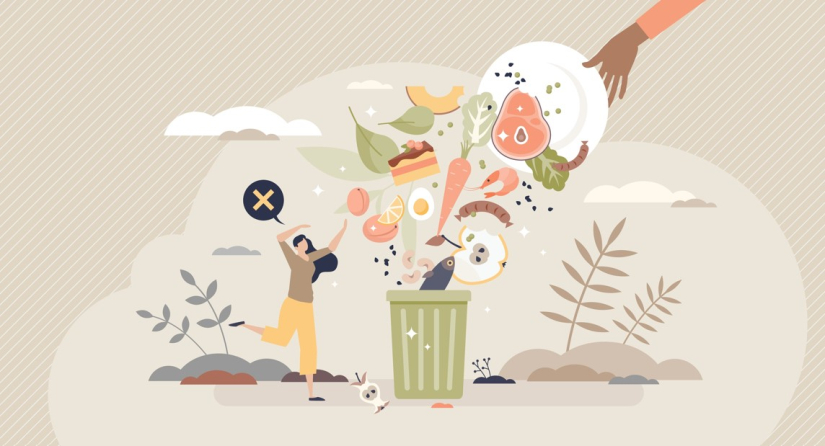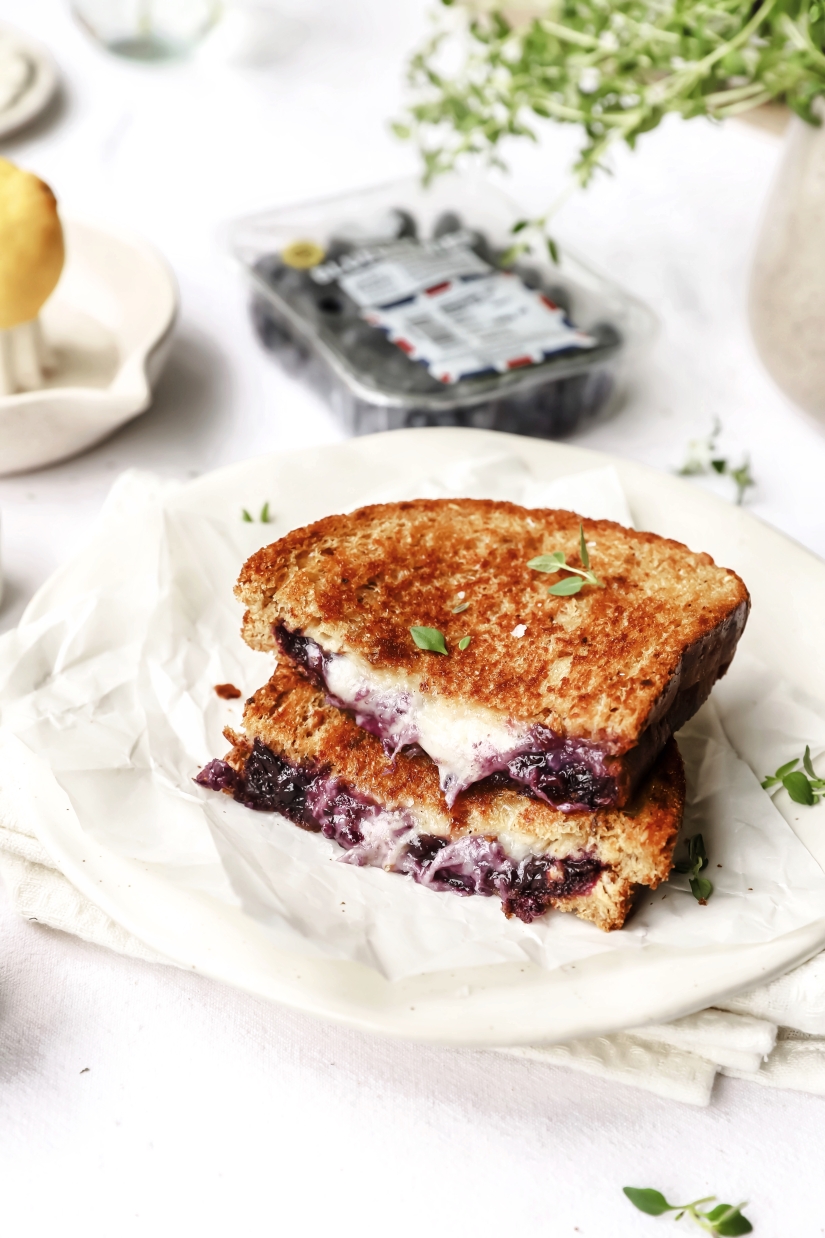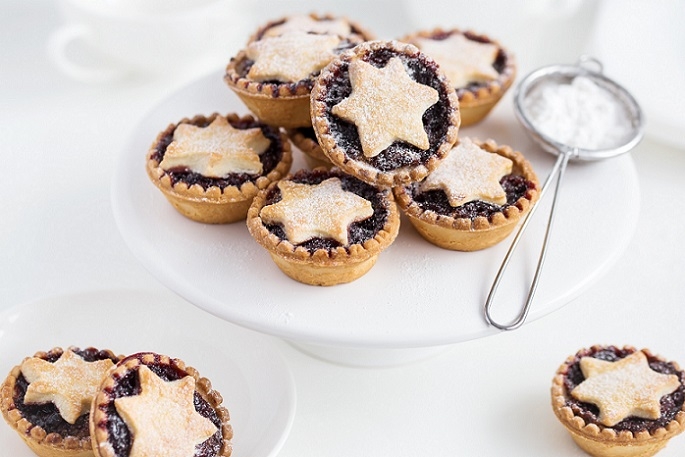Gardening is said to have multiple health benefits, from burning calories to reducing your blood pressure. But perhaps most importantly at this time, as people find themselves separated from loved ones and feelings of isolation set in, gardening could do wonders for your mental health.
What’s more, as lockdown restricts people’s movements, we’ve all been witnessing an increase in wildlife across the country. And as we move into spring and summer, attracting this wildlife into your garden is a beautiful way of enjoying nature.
To celebrate Garden Day on 10th May, we spoke to Marianne Mogendorff (pictured below, left) from Wolves Lane Flower Company to find out how you can turn your garden into a wildlife haven.
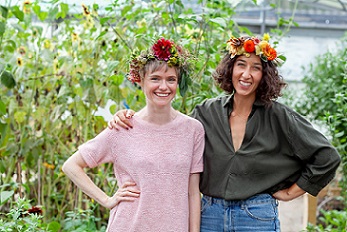
THE WEB OF LIFE
When it comes to gardening, what comes to mind? Pristine green lawns and perfectly trimmed hedges? Or a vibrant mini meadow that’s a bit rough around the edges? If you’re trying to attract wildlife into your garden, you’ll probably want to consider more of the latter.
“We need wildlife and diversity in our gardens for the health of our gardens and for our plants to look their most beautiful and be at their most productive” Marianne says. “The garden is a vastly complicated web of life that, for us flower farmers, we don’t pretend to fully grasp or understand, we just try to respect and work alongside it.
“A good diversity of insects and wildlife is what we’re all aiming for. The key is to try and garden with this in mind, and not aim for uniformity or too much neatness. You’re ultimately harming the wellbeing of your garden if you do this!”
EXCUSE THE WEEDS, WE’RE FEEDING THE BEES!
Many of us perceive plants such as dandelions to be pesky weeds that need pulling up. But plants and undergrowth can provide a vital habitat for insects and wildlife, so keep this in mind if you’re planning to cut back foliage or mow the grass.
“A lot of us think of gardening as an exercise in control: that hedges and shrubs should be tightly pruned and not allowed to get ‘too wild’. But sometimes, perhaps a bit of wildness would make very little difference to us and all the difference to the wildlife we share our gardens with,” Marianne says.
“Leaving a few dandelions on the lawn – particularly in early spring – provides a vital food source for bees, whilst not cutting back trees and shrubs in spring during nesting season is important. Growing a few easy flowers from seeds like borage, viper’s bugloss, phacelia or poppies will also encourage pollinators into your garden. We use all of these flowers in our work but always leave a few for the insects, too.”
Remember as well that many of these plants are ‘cut and come again’ varieties, so by cutting them, you’re prolonging their flowering period.
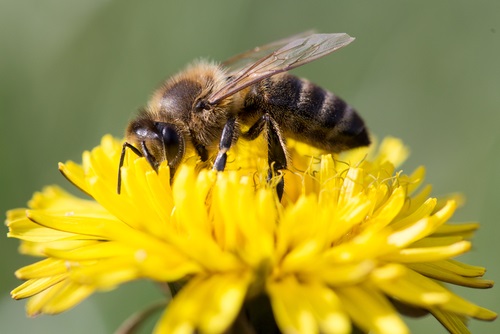
PLANTING FOR WILDLIFE
When it comes to attracting bees and other insects, planting the right flowers can make a big difference.
“Flowers with an open centre that allow bees and other insects to feed from are great, versus too many doubles and cultivars,” Marianne says.
“There is a school of thought that native plants are the best option for our wildlife, but if this starts making the choice of plants feel too complicated for you, look at what insects seem attracted to in neighbouring gardens or in the countryside. There isn’t one perfect flower for all insects or birds, as many species feed in different ways, but try not to remove all the things we categorise as ‘weeds’ – even bindweed is loved by bees!”
It’s important to look at what grows well in your garden, too. If you have a wet and shady garden that’s loved by snails, Marianne suggests avoiding plants such as hostas or dahlias. Instead, observe what type of plants seem to thrive in your area and opt for these instead. And if you are trying to keep weeds in check, perhaps in a flower bed, the natural way of pulling weeds out from their roots is the best option.
“Always avoid weed killers or slug pellets – whatever they claim, they are always damaging to the ecological wellbeing of your garden. It can be tough for us as flower growers to see damage by snails or aphids, but you have to trust the life cycle of the garden will put things to rights.”
As the seasons change, try to avoid cutting down the remaining seed heads at the end of autumn, as they provide a habitat for insects or source of food for birds over the winter when food is scarce.
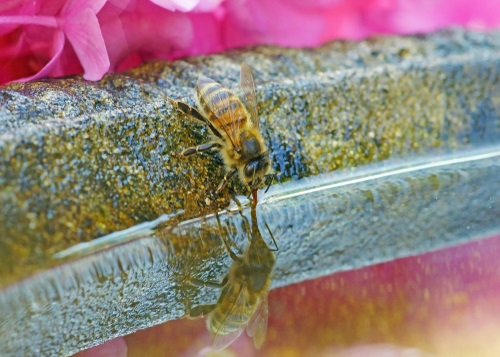
GET CREATIVE
Attracting wildlife into your garden needn’t involve an expensive trip to your local garden centre. There are plenty of projects you can try at home: creating a simple water feature such as a bird bath, or learning how to build a wildlife pond, perhaps.
“A pond is a brilliant addition to any garden, and it can be really tiny (a small sunken bowl, for example) yet still have a huge beneficial impact on wildlife,” Marianne says.
“It’s important to create an entry point in and out of the pond for wildlife with a small ramp or stone. Attracting frogs and newts will keep garden pests in check and bring diversity to your garden.”
And if you’re keen to clean up, remember that in a garden, sometimes it’s worth leaving things a bit more rustic. Dead wood is an ideal habitat for various wildlife, including beetles, and these secluded spots also double as hibernation sites in winter. Stick to unpainted wood or big, natural logs that are partly buried.
“Bug hotels have become very popular to create, but that rotting pile of logs or unsightly jumble of stones is probably infinitely more preferable to the insects than anything we try and create for them! So keep some corners of your garden wild and messy.”
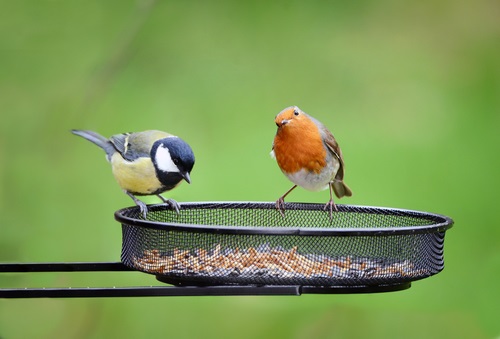
SOMETHING FOR OUR FEATHERED FRIENDS
The chitter chatter of birds in the garden is always a welcome sign. If you aim to attract more birds into your garden with a bird feeder, remember to be consistent. Keep it filled up so that you’re not providing them with food and then removing the food source that they may have come to rely on.
Cats can be real menaces for garden birds, too, so try to create a safe place to feed birds where cats can’t reach them. And don’t forget to provide a constant source of clean, unfrozen water, which will benefit both birds and insects alike.
TAKE TIME TO OBSERVE
Right now, more than ever, sitting and looking at our garden is great for our overall wellbeing, and particularly our mental health.
“We can always find a million and one jobs that need doing in the garden, but nothing beats sitting and observing the garden and how its occupants are interacting in it” Marianne notes. “It’s good to remember that we’re not really in charge, and sitting quietly for a while really helps reinforce this!”
Taking place on Sunday, 10th May 2020, Garden Day, created by gardening app Candide, is an inspiring movement to get people out celebrating the beauty, wellbeing and social benefits of their garden, balcony or any plant-filled space with their neighbours, family and friends. For more tips and inspiration, visit gardenday.co.uk




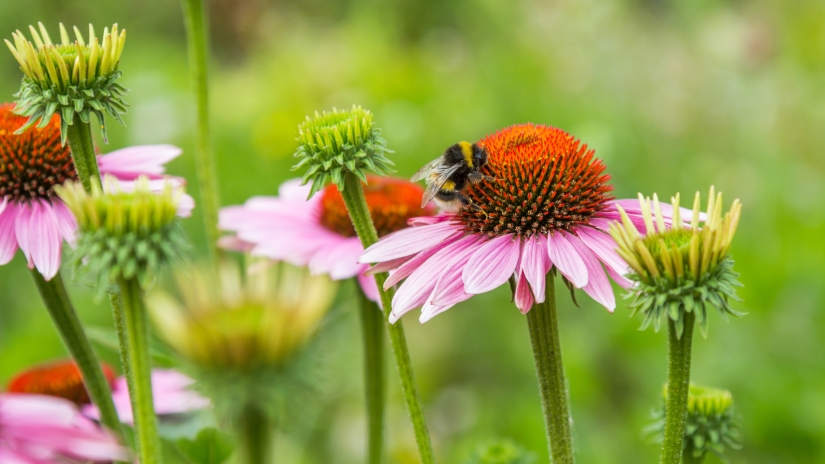



_825_589_int.JPG)
